Pope Leo XIV is set to declare seven individuals as saints this Sunday, a group that includes remarkable figures such as an Italian lawyer who abandoned Satanism to become “an apostle of the rosary,” a martyred Armenian archbishop, and a Venezuelan revered as the “doctor of the poor.”
These canonizations, initially approved by the late Pope Francis, will take place at the Vatican on October 19 under the guidance of Pope Leo XIV. The cohort comprises four men and three women, including two martyrs, three laypeople, and two founders of religious communities. Significantly, the list features Papua New Guinea’s first saint and the first two saints from Venezuela.
Here is a closer look at these extraordinary individuals poised to enter the canon of the Church:
Bartolo Longo (1841–1926)
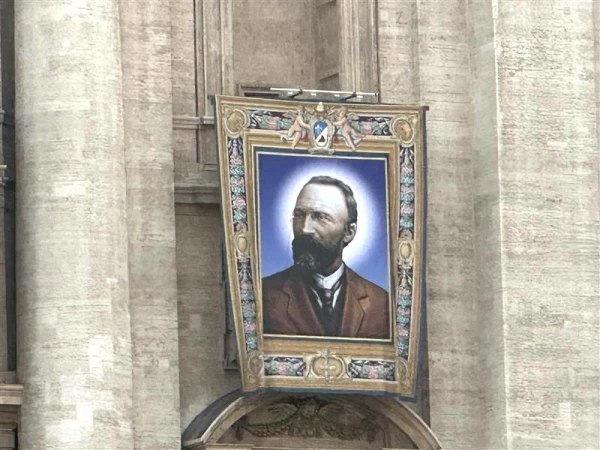
Bartolo Longo’s life stands as one of the most extraordinary stories of spiritual transformation in modern Church history. Raised in a devout Catholic family, Longo’s early adulthood took a turbulent path: after studying law at the University of Naples, he drifted from the faith of his upbringing, engaging in anti-papal demonstrations, embracing atheism, and eventually delving into Satanism rising even to the point of being “ordained” as a Satanic priest.
His dramatic turnaround came through the persistent prayers of his family and the guidance of faithful mentors, notably Professor Vincenzo Pepe and Dominican Father Alberto Radente. With their influence, Longo experienced a profound conversion, renouncing his former life and returning fully to the Catholic Church.
Following this spiritual rebirth, Longo devoted himself to spreading devotion to the rosary and the message of mercy and hope through the Virgin Mary. He moved to the impoverished town of Pompeii, where he undertook the restoration of a neglected church and embarked on the ambitious project of building a Marian shrine dedicated to Our Lady of the Rosary. With the backing of benefactors and local supporters, Longo transformed Pompeii into a vibrant hub of Catholic devotion, culminating in the creation of the Shrine of Our Lady of the Rosary of Pompeii a pilgrimage site that continues to draw the faithful to this day.
Longo’s mission extended beyond religious devotion. He championed social justice, establishing schools, orphanages, and charitable institutions, particularly for children of imprisoned parents. He believed in the power of education and compassion to change lives and heal communities.
The final two decades of Longo’s life were marked by ongoing health struggles. He passed away on October 5, 1926. In 1980, Pope John Paul II beatified him, honoring him as the “Apostle of the Rosary” and recognizing his enduring legacy of faith, service, and redemption.
Ignatius Choukrallah Maloyan (Ottoman Empire, 1869–1915)
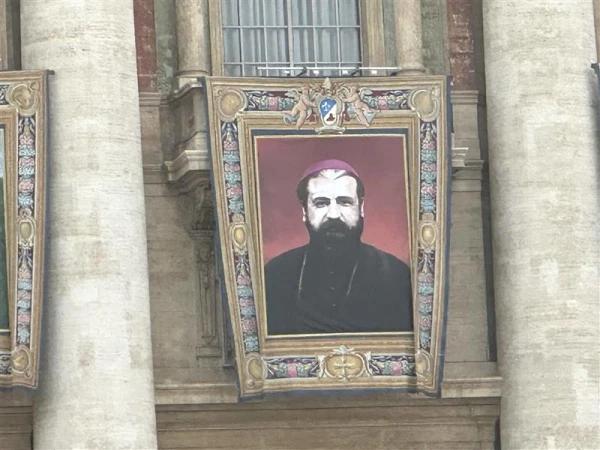
Ignatius Maloyan, an Armenian Catholic archbishop of Mardin in the Ottoman Empire, stands as a towering figure of courage and faith, martyred during the Armenian genocide for steadfastly refusing to abandon Christianity and embrace Islam.
At just 14 years old, Maloyan entered the Bzommar convent in Lebanon, dedicating himself to religious life. In 1896, he was ordained a priest at the convent’s church, adopting the name Ignatius to honor the revered martyr of Antioch. His ministry from 1892 to 1910 in Alexandria and Cairo earned him widespread respect for his compassion and leadership. On October 22, 1911, he was appointed archbishop of Mardin.
The outbreak of World War I brought immense suffering to Armenians in the Ottoman Empire. On June 3, 1915, Maloyan, along with 27 other Armenian Catholic leaders, was seized by Turkish authorities and brought in chains to a court. Chief of Police Mamdooh Bek demanded that he renounce his faith and convert to Islam. Maloyan, unwavering, declared that he would never betray Christ or the Church, ready to endure any form of punishment for his fidelity. He was imprisoned and subjected to repeated beatings.
On June 10, Turkish soldiers assembled 447 Armenians and marched them to a desolate location. Throughout the ordeal, Archbishop Maloyan offered courage and spiritual support, praying with his fellow captives and encouraging them to embrace martyrdom with fortitude. After a grueling two-hour march, naked and chained, the prisoners were executed before him. Bek once again urged Maloyan to convert, but the archbishop’s resolve remained unshaken. He was shot and killed on the feast of the Sacred Heart of Jesus.
In his final moments, Maloyan proclaimed, “I consider the shedding of my blood for my faith to be the sweetest desire of my heart, because I know perfectly well that if I am tortured for the love of him who died for me, I will be among those who will have joy and bliss, and I will have obtained to see my Lord and my God up there.”
Pope John Paul II beatified Ignatius Maloyan on October 7, 2001, recognizing him as a symbol of unwavering faith and heroic martyrdom.
Peter To Rot (Papua New Guinea, 1912–1945)
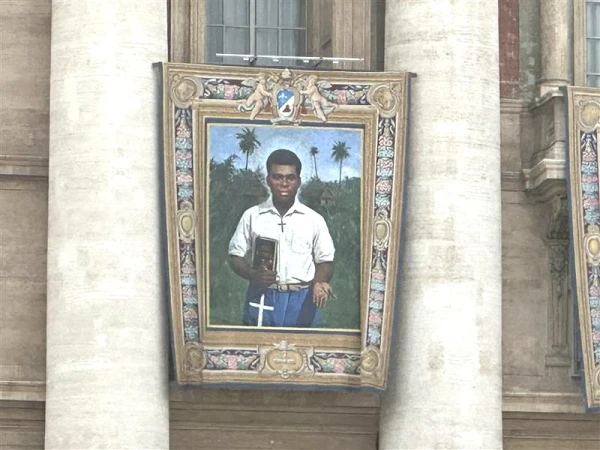
Peter To Rot, a lay catechist from Papua New Guinea, gave his life as a witness to faith during the brutal Japanese occupation of World War II. When the village priest was forcibly taken to a Japanese labor camp, he entrusted To Rot with the spiritual care of the community, urging him, “Help them, so that they don’t forget about God.”
Despite the oppressive circumstances, To Rot continued his mission in secret, ensuring that the villagers remained rooted in their faith. He became a steadfast defender of Christian marriage, opposing Japanese edicts that permitted men to take multiple wives, and guided his community in adhering to the Church’s teachings.
As the war progressed, restrictions on religious practice intensified, with even private prayers forbidden. To Rot’s unwavering commitment led to his arrest in 1944 and subsequent confinement in a forced labor camp. In 1945, he was executed by lethal injection, embracing martyrdom for the Catholic faith.
Peter To Rot was beatified by Pope John Paul II on January 17, 1995, and is set to become Papua New Guinea’s first saint, celebrated for his courage, devotion, and unyielding service to God and his community.
José Gregorio Hernández (Venezuela, 1864–1919)
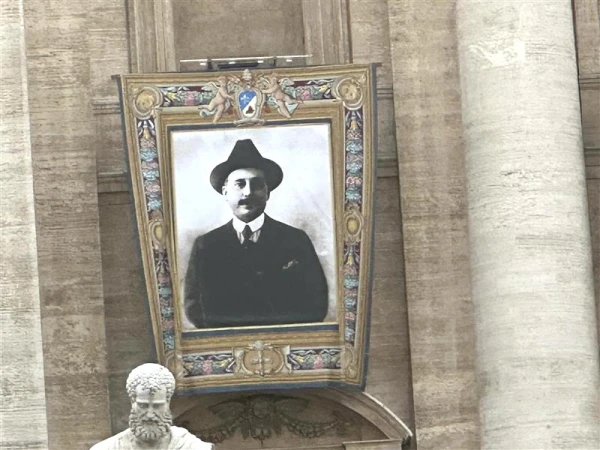
José Gregorio Hernández, a distinguished Venezuelan physician and scientist, is widely remembered as the compassionate “doctor of the poor.”
Born on October 26, 1864, in Isnotú, Trujillo, Hernández faced the early loss of his mother at age eight. He pursued medical studies in Caracas and, in 1889, received government sponsorship to further his education in Paris for two years. Upon returning to Venezuela, he became a professor at the Central University of Caracas, beginning each lecture with the sign of the cross, reflecting his deep faith.
Hernández combined his scientific work with spiritual devotion, attending daily Mass, ministering to the sick, and taking vows as a member of the Third Order of St. Francis. In 1908, he briefly entered a cloistered Carthusian monastery in Farneta, Italy, but after falling seriously ill nine months later, he was sent back to Venezuela.
Concluding that God’s plan for him was to remain a layman, Hernández devoted himself to living a life of holiness through his medical practice. He pursued academic research while tirelessly caring for the poor, embodying a life of service and sanctity.
Tragically, Hernández died on June 29, 1919, after being struck by a car while bringing medicine to an elderly patient. Recognized for his extraordinary compassion and faith, he was beatified by Pope Francis on April 30, 2021, leaving a legacy as Venezuela’s beloved “doctor of the poor.”
Maria Troncatti (Italy/Ecuador, 1883–1969)
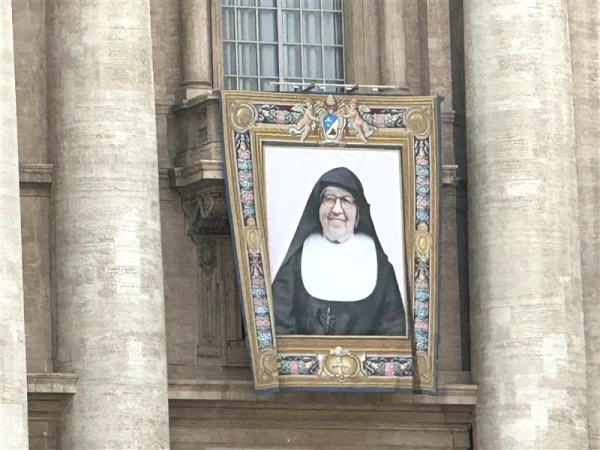
Maria Troncatti, an Italian Salesian sister, devoted nearly fifty years of her life to missionary work among the Shuar Indigenous people in Ecuador’s Amazon rainforest.
Born in Italy, Troncatti displayed a deep inclination toward religious life from a young age. In 1908, she made her first profession as a member of the Daughters of Mary Help of Christians, commonly known as the Salesian Sisters of Don Bosco.
During World War I, she trained in healthcare and served as a Red Cross nurse in a military hospital, honing skills that would later serve her mission. In 1925, she embarked on her calling in Ecuador, immersing herself in the life of the Shuar community. For 44 years, she was affectionately known as “Madrecita,” or “little mother,” by the villagers. Troncatti’s work went far beyond spiritual guidance; she served as a surgeon, dentist, nurse, orthopedist, and anesthesiologist, while faithfully teaching the Gospel to all she encountered.
Sister Maria tragically died at the age of 86 on August 25, 1969, in a plane crash. Recognized for her extraordinary service and devotion, she was beatified by Pope Benedict XVI in 2012, leaving a legacy of compassion and faith that continues to inspire.
María del Carmen Rendiles Martínez (Venezuela, 1903–1977)
María del Carmen Rendiles Martínez, born in Caracas, Venezuela, entered the world with a physical challenge she was missing her left arm, which was later replaced with a prosthetic she used throughout her life.
From 1918, she felt a profound calling to religious life, though at the time, her disability was often seen as a barrier by many religious orders. Undeterred, she joined the Servants of the Eucharist in 1927, adopting the name María Carmen. Her unwavering devotion was summed up in her own words: “I want to be holy. I want to say like St. Paul: It is no longer I who live, but Christ who lives in me.”
In 1965, when her religious community sought independence from its French motherhouse, María Carmen took the initiative to establish the Servants of Jesus in Caracas, carrying forward the mission of Eucharistic devotion. She was appointed superior general in 1969, a role she fulfilled with dedication until her death from influenza in 1977.
Pope Francis beatified her in 2018, and she is poised to become Venezuela’s first female saint, celebrated for her courage, faith, and lifelong commitment to Christ.
Vincenza Maria Poloni (Italy, 1802–1855)

Vincenza Maria Poloni, an Italian religious sister, dedicated her life to serving society’s most vulnerable and went on to establish the Congregation of the Sisters of Mercy of Verona, focusing on the care of the poor, sick, and elderly.
The youngest of twelve children, Poloni felt her religious calling early and, under the guidance of Blessed Charles Steeb, committed herself to ministering to those in need. Her compassion and dedication were evident during the 1836 cholera epidemic, when she worked tirelessly in emergency wards, risking her own health to tend to the sick.
By 1840, she embraced a full-time life of service akin to that of a religious sister, combining fervent prayer, strict discipline, and unwavering charitable work. On September 10, 1848, she officially founded the Sisters of Mercy of Verona and took the name Vincenza Maria. Her guiding principle, “Serving Christ in the Poor,” became the cornerstone of the congregation, which has since expanded to serve communities across three continents.
Vincenza Maria Poloni passed away on November 11, 1855, after succumbing to a widespread tumor. She was beatified in 2008, leaving a legacy of compassion, service, and devotion to the marginalized.